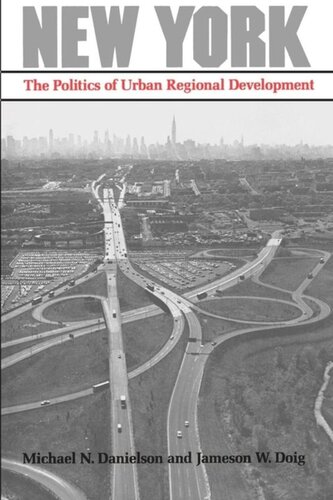

Most ebook files are in PDF format, so you can easily read them using various software such as Foxit Reader or directly on the Google Chrome browser.
Some ebook files are released by publishers in other formats such as .awz, .mobi, .epub, .fb2, etc. You may need to install specific software to read these formats on mobile/PC, such as Calibre.
Please read the tutorial at this link: https://ebookbell.com/faq
We offer FREE conversion to the popular formats you request; however, this may take some time. Therefore, right after payment, please email us, and we will try to provide the service as quickly as possible.
For some exceptional file formats or broken links (if any), please refrain from opening any disputes. Instead, email us first, and we will try to assist within a maximum of 6 hours.
EbookBell Team

4.7
86 reviewsThis volume is the fourth in the Franklin K. Lane series on the governance of major metropolitan regions. The series is sponsored by the Institute of Governmental Studies and the Institute of International Studies, University of California in Berkeley. Readers of these volumes and other relevant literature will no doubt agree with the authors of this book that similar patterns are found in New York, London, Toronto, Stockholm, and indeed in "every other major metropolitan region in the United States and in other advanced industrial societies." The presence of such common factors and trends, although they assume different configurations in various metropolitan regions, has been demonstrated by the work of many scholars, including Peter Hall, Brian Berry, Marion Clawson, Jean Gottmann, Larry Bourne and William Robson, as well as by the authors of the other Franklin K. Lane books—Donald Foley, Albert Rose and Thomas Anton. In the present volume Michael Danielson and Jameson Doig have described and analyzed the cultural, economic, political and other social forces shaping development in the New York region. They present a picture of a region singular in its attractions, problems, geographic scope, magnitude of development, and complexity of the network of organizations involved in its governance.